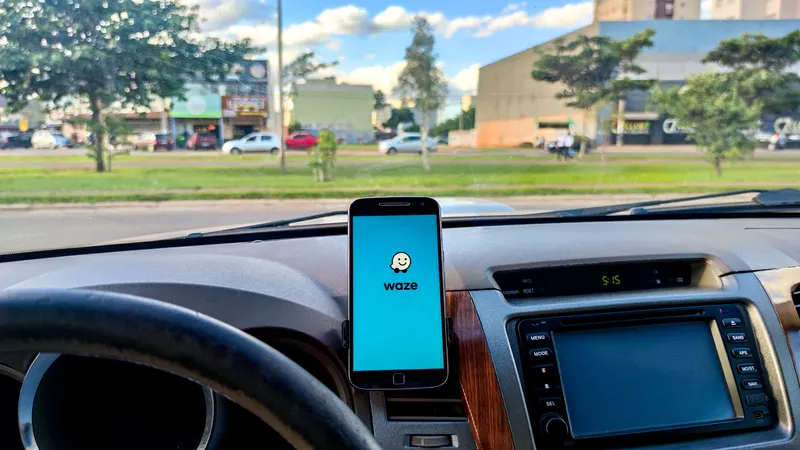
The Waze driving navigation app now includes warning messages from infrastructure and vehicles equipped with Applied Information's TravelSafely technology.

The Waze for Cities programme enables local transportation agencies with Applied tech to provide these additional free, automatic safety alerts.
This means enabled school beacons, emergency vehicles at the scene of an incident, and malfunctioning traffic signals will automatically post alerts and warnings on the Waze map without human intervention.
“Leveraging our TravelSafely technology to provide Waze users with this important safety information is another tool transportation agencies have at their disposal to make their communities safer,” said Bryan Mulligan, Applied Information president.
“These notifications will help Wazers be more aware of vulnerable road users, first responders working along the highways and of malfunctioning traffic signals ahead.”
For example, the school beacon notification uses the Waze hazard alert to let drivers know that an active school zone is ahead and that they should slow down.
Emergency vehicles at the scene of an incident let drivers know there is an accident and that first responders are ahead.
The idea is this will slow vehicles driving past the emergency personnel and prevent secondary crashes in the queue.
The traffic signal notifications indicate that a particular signal is malfunctioning, allowing users to avoid the signal, know to look for flashing lights or treat it as a four-way stop if the lights are out.
Government agencies can sign up for Waze for Cities here
The Applied Information data sharing programme is free to local transportation agencies with equipped infrastructure and vehicles.










